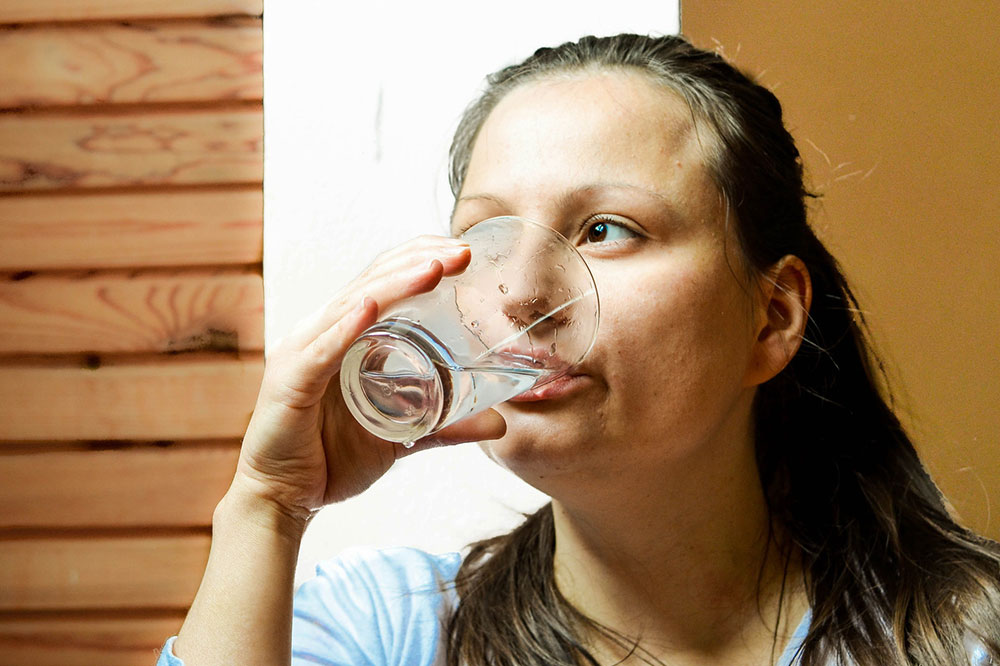What you need to know about dehydration

Dehydration is a condition in which the body loses more fluid than it takes in. As a result, the body does not have enough fluids to carry out its regular functioning. If you do not replace these lost fluids, then your body will get dehydrated. Anybody can become dehydrated, and the condition can be quite dangerous for both adults and children. In the following article, we will discuss the different aspects of dehydration, to help you understand it better.
Symptoms of dehydration
The common symptoms which point to cases of dehydration may differ based on age. In infants or young children, symptoms such as dry mouth or tongue, are the earliest indicators of dehydration. Having no tears while crying is also one of the signs to watch out for. Sunken eyes and cheeks are other indicators of dehydration in infants.
In adults, different symptoms may point toward dehydration, including extreme thirst and infrequent urination. Dark-colored urine, fatigue, and dizziness are some of the other symptoms to watch out for.
Causes of dehydration
In most cases, dehydration can occur for the simplest of reasons. To start with, you may not be drinking enough water because you may be busy or sick. Additionally, you may lack access to proper and safe water when you are camping, hiking, or maybe traveling. Some of the other causes include vomiting and diarrhea.
Additionally, having a high fever can result in dehydration. Individuals who sweat excessively and do not increase their intake of water may fall prey to dehydration. Finally, individuals who suffer from increased frequency of urination may also be affected with dehydration. The reasons behind this can include uncontrolled diabetes or undiagnosed sugar levels in the body. Certain medicines that heal blood pressure or other diuretics can also be the reasons behind dehydration.
Risks of dehydration
While this condition can affect anybody, certain people are at a higher risk. First, infants and children are prone to vomiting as well as diarrhea. This can make them vulnerable to the condition.
The elderly can suffer from dehydration because as one ages, the fluid reserves in one’s body decreases. One’s ability to conserve water is reduced and even their sense of thirst is not as strong as it used to be during youth.
Additionally, individuals with chronic illnesses, including dementia and diabetes, are also at a higher risk of being dehydrated.
Closing thoughts
Now that we have revealed some important information on dehydration, it is crucial to remember that external factors, such as diarrhea and vomiting, in children can be the main culprit. Additionally, as the elderly tend to have a much lower volume of water inside the body, it’s best to keep a check on one’s water levels and take a medical expert’s advice to avoid this condition. To remain hydrated, we recommend drinking at least 8 to 10 glasses of water daily.

